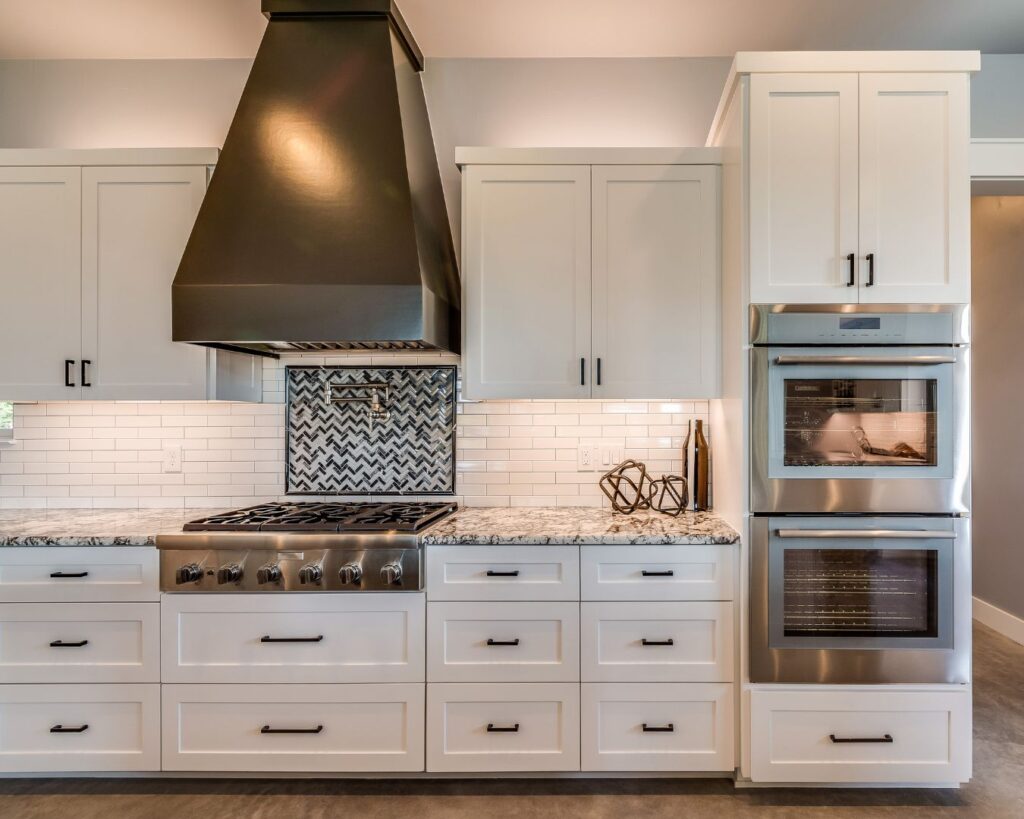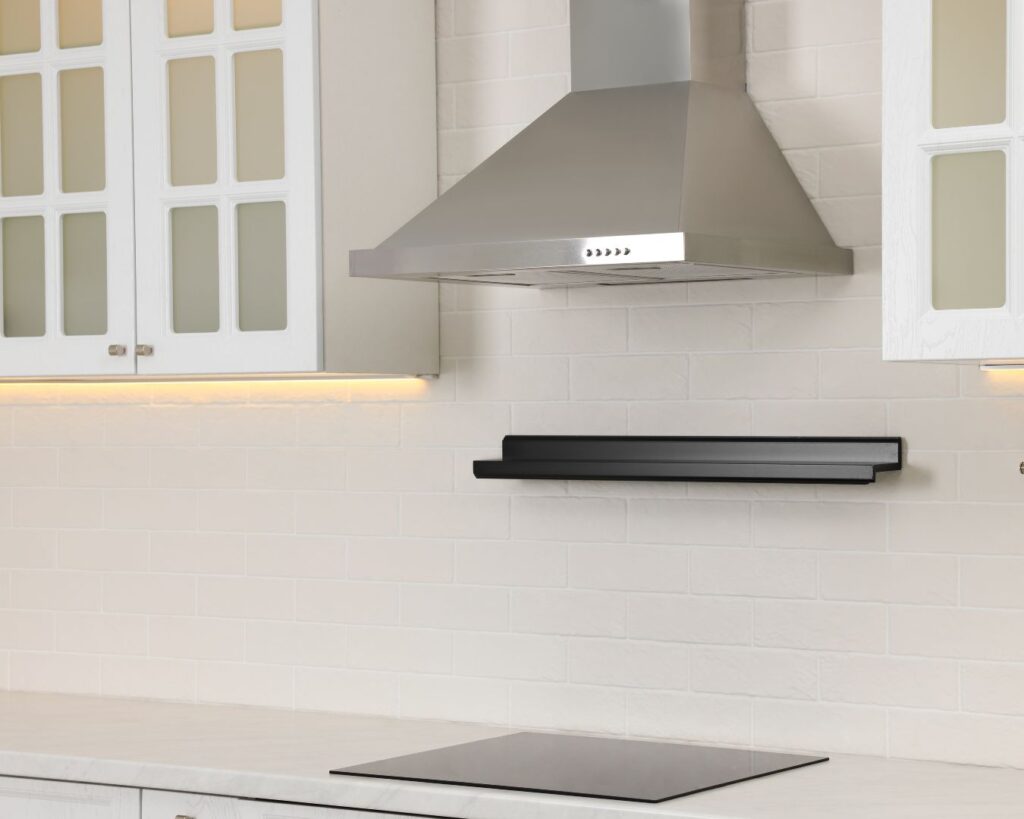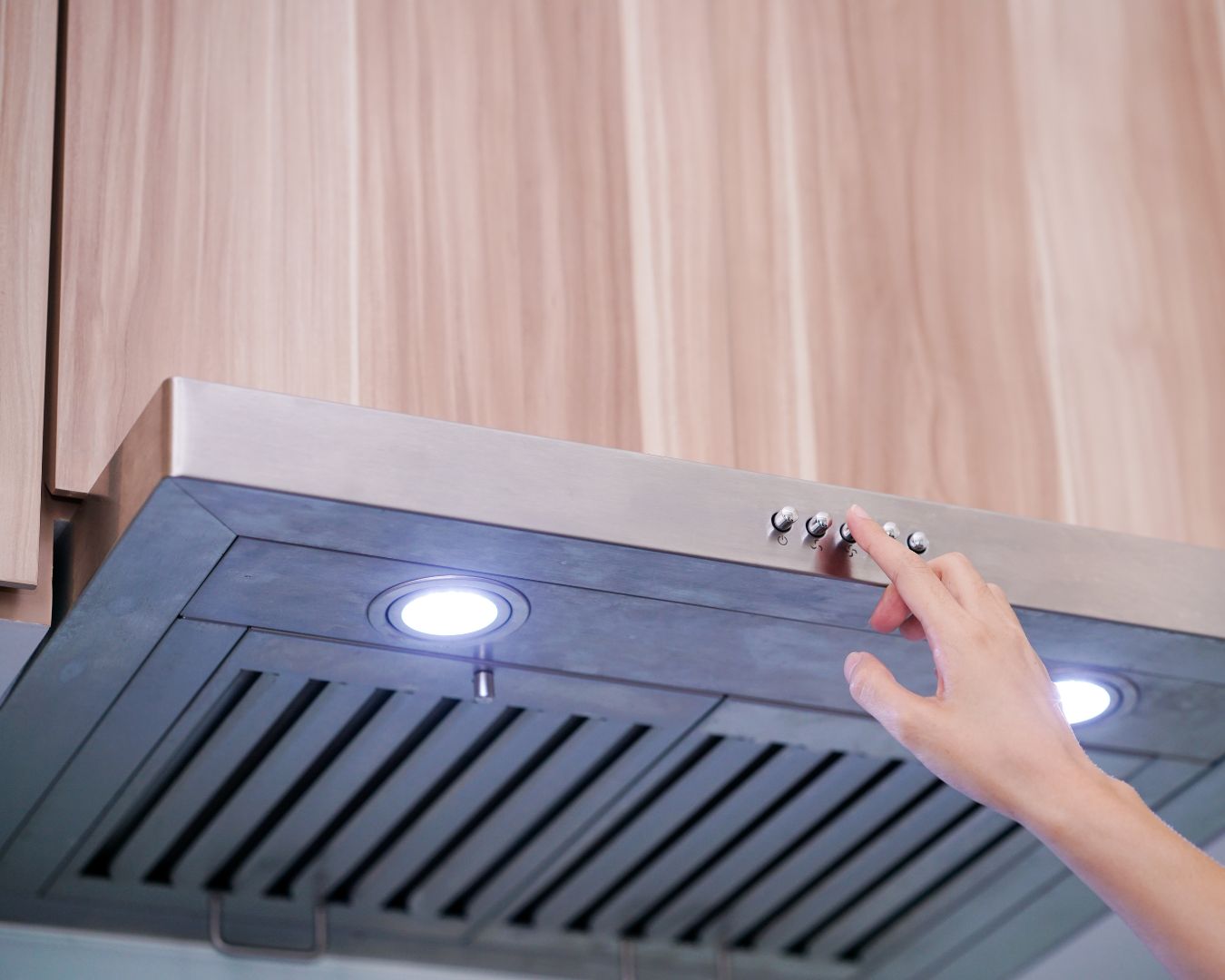Range Hood Lighting: Choosing the Best Options for Your Kitchen
When designing or upgrading your kitchen, selecting the right range hood lighting is crucial for both functionality and aesthetics. Proper lighting not only enhances the cooking experience by providing clear visibility of your stovetop but also contributes to the overall ambiance of your kitchen. With various lighting options available, it can be challenging to decide which is best for your needs. In this blog post, we’ll explore the different types of range hood lighting and provide tips on choosing the best option for your kitchen.
Why Range Hood Lighting Matters
Range hood lighting serves multiple purposes in the kitchen:
- Improved Visibility: Good lighting ensures you can see what you’re cooking, helping you monitor food more accurately, avoid overcooking, and maintain safety.
- Enhanced Kitchen Ambiance: The right lighting can set the tone for your kitchen, creating a warm, inviting space or a sleek, modern look.
- Increased Energy Efficiency: Modern lighting options can be energy-efficient, helping you save on electricity costs while still providing ample light.
Types of Range Hood Lighting
There are several types of lighting commonly used in range hoods. Each type has its own advantages and considerations:
1. Incandescent Lighting
Overview:
- Incandescent bulbs have been a traditional choice for range hood lighting. They emit a warm, soft light that creates a cozy atmosphere.
Pros:
- Warm Light: Provides a warm and inviting glow that enhances the ambiance of the kitchen.
- Affordable: Generally, incandescent bulbs are inexpensive and easy to replace.
Cons:
- Energy Inefficient: Incandescent bulbs use more energy compared to other lighting options.
- Short Lifespan: These bulbs tend to burn out faster, requiring more frequent replacements.
- Heat Emission: They emit more heat, which may be undesirable in a kitchen setting.
2. Halogen Lighting
Overview:
- Halogen bulbs are an upgraded version of incandescent bulbs. They produce a bright, white light that closely mimics natural daylight.
Pros:
- Bright Light: Offers excellent visibility, making it easier to see what you’re cooking.
- Longer Lifespan: Halogen bulbs last longer than traditional incandescent bulbs.
- Compact Size: Halogen bulbs are small and can fit in more compact range hoods.
Cons:
- Heat Emission: Like incandescent bulbs, halogen bulbs emit heat, which can add to the kitchen’s temperature.
- Energy Use: While more efficient than incandescent bulbs, halogens still consume more energy than LEDs.
3. LED Lighting
Overview:
- LED (Light Emitting Diode) lighting has become the go-to choice for modern kitchens due to its energy efficiency and long lifespan.
Pros:
- Energy Efficient: LEDs use significantly less energy than incandescent and halogen bulbs, reducing your electricity bill.
- Long Lifespan: LEDs can last up to 25,000 hours, meaning you’ll rarely need to replace them.
- Cool to the Touch: LEDs emit very little heat, making them safer and more comfortable in a kitchen environment.
- Variety of Colors: Available in various color temperatures, from warm white to cool daylight, allowing you to customize the ambiance.
Cons:
- Higher Initial Cost: LEDs can be more expensive upfront, but their long-term savings make them cost-effective over time.
4. Fluorescent Lighting
Overview:
- Fluorescent bulbs are known for their energy efficiency and bright, even lighting, which is ideal for illuminating larger cooking areas.
Pros:
- Energy Efficient: Fluorescent bulbs use less energy than incandescent and halogen bulbs.
- Bright and Even Light: Provides consistent, bright lighting that covers a wide area.
Cons:
- Cold Light: Fluorescent lighting tends to have a cooler, harsher light that may not suit all kitchen aesthetics.
- Mercury Content: Fluorescent bulbs contain mercury, which requires careful disposal and can be a safety concern if broken.
- Flickering: Some fluorescent lights may flicker, which can be distracting or uncomfortable for some people.

Choosing the Best Range Hood Lighting for Your Kitchen
When selecting range hood lighting, consider the following factors:
1. Kitchen Style and Aesthetics
- The type of lighting you choose should complement your kitchen’s overall design. For a warm, traditional kitchen, incandescent or warm LED lighting may be the best fit. In a modern or minimalist kitchen, cool LED or halogen lighting might be more appropriate.
2. Energy Efficiency
- If energy efficiency is a priority, LED lighting is the clear winner. It offers the best balance of energy savings, longevity, and light quality.
3. Brightness and Coverage
- Consider the size of your cooking area and how much light you need. LED and fluorescent lights typically provide the brightest and most even coverage, making them ideal for large kitchens or those with multiple cooking zones.
4. Heat Emission
- If you’re concerned about adding heat to your kitchen, opt for LED lighting. It stays cool to the touch and won’t contribute to the overall temperature.
5. Maintenance and Replacement
- Consider the lifespan and ease of replacing the bulbs. LEDs offer the longest lifespan and require the least maintenance, making them a convenient option for busy households.

Installation Tips
- Positioning: Ensure that the lights are positioned directly over the cooking surface to provide optimal illumination. Most range hoods have built-in lights, but make sure they are correctly aligned for the best coverage.
- Dimming Options: Some range hoods come with dimmable lights, allowing you to adjust the brightness to suit different tasks, from cooking to creating a cozy evening ambiance.
- Compatibility: When replacing bulbs, make sure the new bulbs are compatible with your range hood. Refer to the manufacturer’s guidelines for bulb types and wattage.
Choosing the right range hood lighting is essential for creating a functional and inviting kitchen. Whether you opt for the energy efficiency of LEDs, the bright light of halogen, or the traditional warmth of incandescent bulbs, the key is to select lighting that meets your needs in terms of brightness, energy use, and style. By considering the various lighting options and their pros and cons, you can ensure your kitchen is well-lit, energy-efficient, and aesthetically pleasing, making your cooking experience more enjoyable and your kitchen a more welcoming space.

